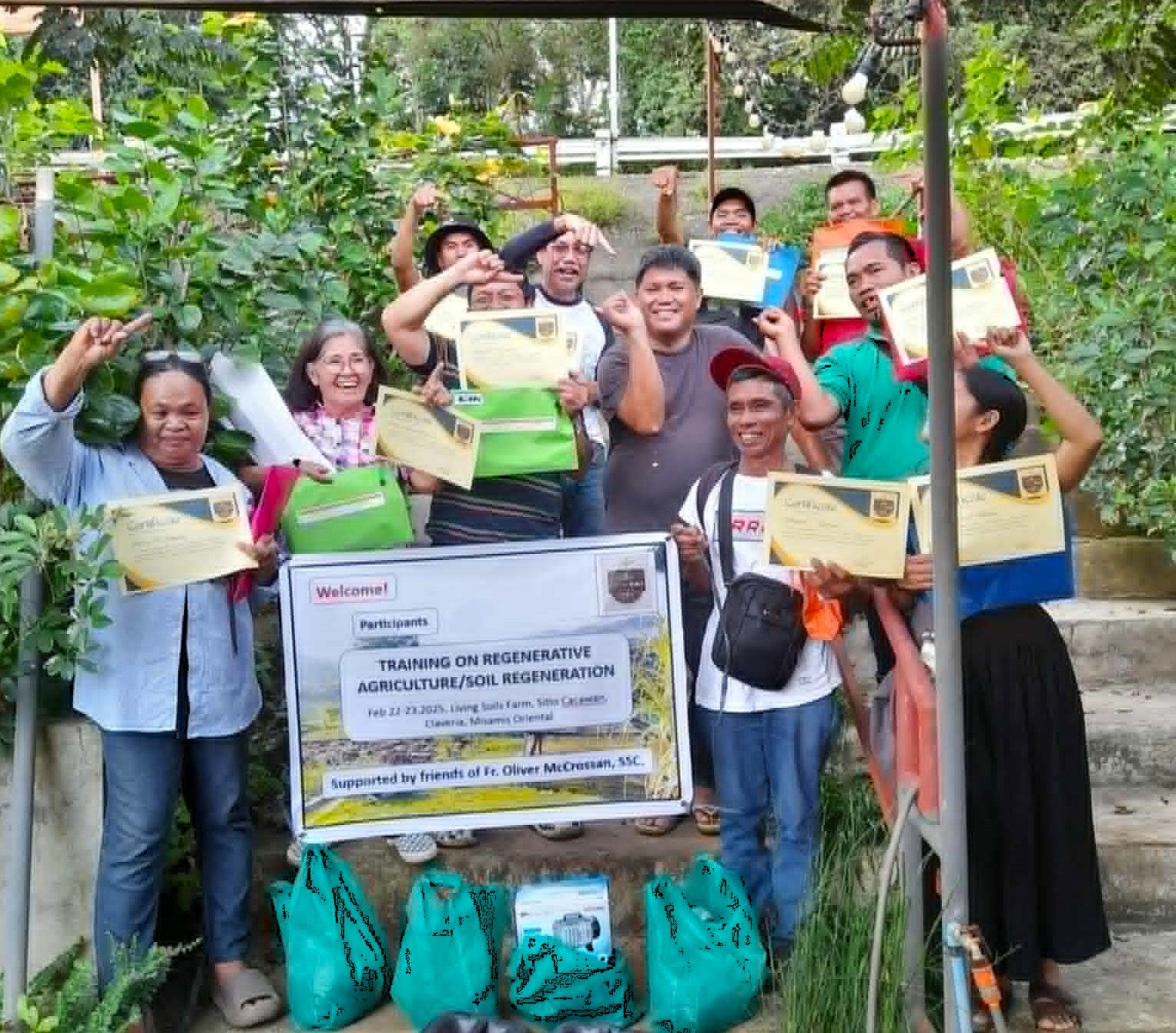Columban Missionary Fr Oliver McCrossan reports on a workshop training farmers in regenerative agriculture and soil regeneration in the Philippines which he and his collaborators arranged in Misamis Oriental.
Over two days in February a training workshop on regenerative agriculture and soil regeneration was held at Living Soils Farm, Sitio Kakawan, Patrocenio, Claveria, Misamis Oriental. The training was attended by 10 key leaders involved in farming and faith-based organisations engaged in various initiatives in Mindanao for the protection and care of the environment through agroecological and climate-resilient farming practices.
The objective was to find new inspiration and rekindle the interest of leaders who have been working, practicing, and promoting natural and organic agriculture in rural areas. It was also aimed at learning about the latest developments in agricultre in the Philippines.

Fr. Oliver McCrossan, SSC (Standing right), visited the Living Soil Farm with Bobby Pagusara (Center). The Farm owner, Engr. Gerry Burdas (left), explains how the natural compost and bio-solution work on Tomatoes.
Another central aim was to learn about organic agroecological and soil regeneration practices; while understanding the role of soil microorganisms in sustaining agriculture; as well as strategies for their application and wider adoption.
The participants were very pleased with the training. The venue provided participants with the opportunity to see the living proof of what they were learning about: healthy plants grown with the use of naturally produced indigenous microorganisms. Different plants such as corn, peanuts, tomato, string beans, sweet potato, and many more are grown at Living Soils Farm, with the use and application of tailored-made, science-based compost and bio-solutions.
Farmers witness the actual soil transformation process for better yield and healthy plants. This method has been developed and enhanced by the Living Soils Farm led by Gerry Burdas, who recently studied at the Soil Food Web System in California, USA.
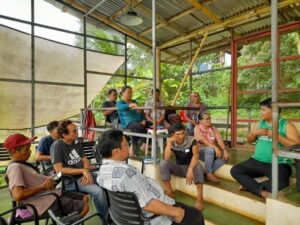
The training helps participants to navigate to updated soil tools and materials from simple tools like tie-wire, while helping them to understand compaction of soils and microscopes. This includes the ‘how-to’ and ‘why’ aspects of regenerating, revitalising, or healing the soil. The current agricultural context was discussed by Bobby M. Pagusara, former Coordinator of MASIPAG-Mindanao and Agroecology Consultant of the Swiss Catholic Lenten Fund (Fastenaktion) projects in the Philippines, which provides a rationale for the training.
The basic premise is: God created everything good and perfect. The soil is perfect. It has a complete and balanced ecosystem with beneficial and non-beneficial microbes such as bacteria, fungi, and nematodes, that live on by eating harmful bacteria, fungi, and nematodes thereby neutralizing or preventing bad microbes from causing sickness and diseases in plants.
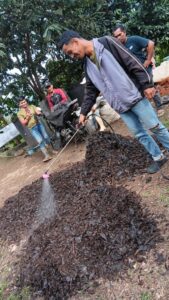
As a result of this process, the wastes or excretes which include minerals/nutrients eaten by bacteria and fungi become the yummy food or available food nutrients for the plants, thus, making plants grow very well. Billions of beneficial bacteria-protozoa, fungus-mycelium, and nematodes are found in soils not sprayed/applied with synthetic agrochemical fertilizers and pesticides.
Each microbe or group of microbes must be connected to the other to perform this function or task. Different kinds of microbes and minerals should be together to produce the desired result, which is making minerals and nutrients available for plants and preventing bad microbes from harming or infecting the plants.
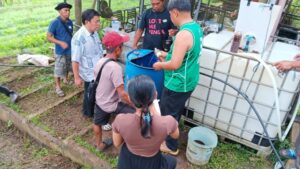
This can happen only when they are together as a community. But agrochemicals disrupt this mutual and symbiotic functioning process because all microbes good and bad are destroyed or killed by synthetic chemical fertilizers and pesticides. So natural organic farming is right and it is the right way to manage agriculture.
So, good soil is indicated by having many clusters of microbial communities bonded together, as observed by participants through the microscope during training. When organisms are in communion, good things happen. This is also the challenge to human organisms, the homo sapiens, we need to group ourselves and unite as universal clusters of communities under a common purpose of restoring the soil, of caring for the environment. We strive to do this in the best way possible following the most perfect model of communion: God the Father, God the Son, and God the Holy Spirit.
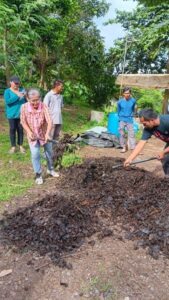
The participants were highly inspired and motivated to continue these organic farming and/or regenerative agroecological methods to help mitigate climate change, and to care for the environment, the health and life of people, and the world.
According to one of the participants, Greg Tacbas, who is a farmer leader and a local church Lay minister: “The training is very reaffirming. It reconfirms and provides sufficient proof of my previously gained knowledge in the field of sustainable/organic/Diversified and Integrated Farming System agriculture. Because of this, I am inspired to pursue and more motivated towards agroecology.”
He added, “Thank you very much Fr Oliver McCrossan and your friends for organising/sponsoring/supporting this training, and to Gerry Burdas and Bobby Pagusara for coordinating this training.”
If you would like to support Fr Oliver McCrossan’s projects in the Philippines, you can donate online here (marking it for Fr Oliver): https://columbans.ie/donate/ or you can send a cheque payable to ‘Fr Oliver McCrossan’ to the Far East Office, Dalgan Park, Navan, Co Meath C15 AY2Y.

